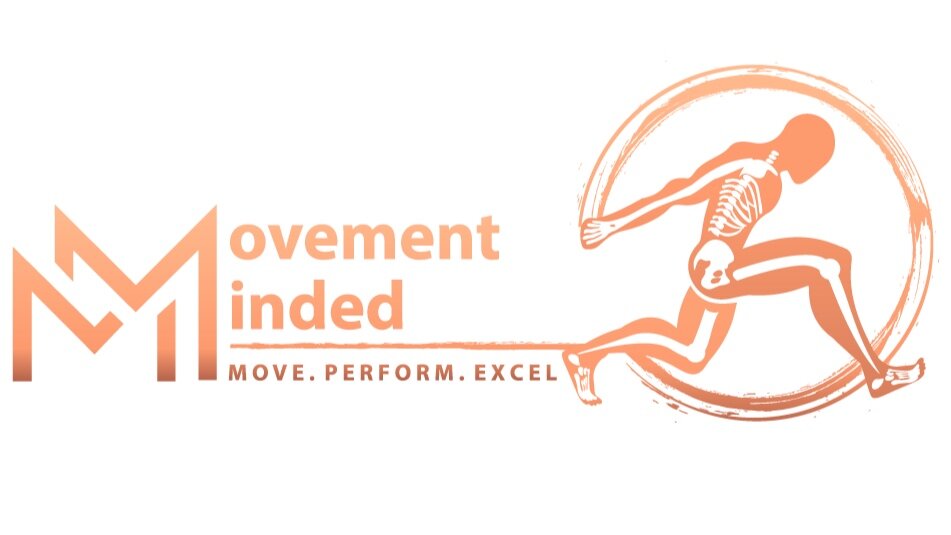Chronic Plantar Fasciitis
Plantar Fasciitis can be a very painful and chronic condition. The most common symptom is a stabbing pain in your heel during your first steps in the morning. The pain may subside as the day goes on, but can be debilitating after standing for a prolonged period of time.
The plantar fascia is a band of tissue that connects you heel bone to the base of your toes. It commonly gets inflamed and causes pain under the heel.
Don’t blame the plantar fascia for plantar fasciitis! Its doing the best it can to keep you moving and grooving and doing the things you love. Most of the time there is a disconnect between the rest of your body and your foot. That is why plantar fasciitis is poorly understood.
Plantarfasciitis is very common in runners and athletes. In active populations its much easier to get rid of. Most of the time the athlete is ramping up their activity too fast, or does not stretch afterwards. Most plantar-fasciitis cases with this population should get better in 2 weeks. Our body has an innate ability to heal, when injuries linger, or there is no direct cause, thats when we have to start thinking out of the box.
At Movement Minded Physiotherapy we have had a lot of success getting people out of pain by utilizing a whole body approach to foot pain, especially plantar fasciitis.
Our process:
Past Medical History:
We ask about every injury and surgery you’ve had. We are specifically looking for correlations between the injury/ surgery and your foot. i.e. ankle sprains, knee surgeries, etc. Nothing in the human body happens in isolation, its all connected, and we love searching for these connections to help our patients better understand whats going on.
Its all connected
For example if you had a knee surgery 10 years ago, but never regained tibial internal and external rotation your foot might be having trouble pronating hence the plantar fasciitis.
Foot Pressure scan:
Using the amCube Pro we are checking where your feet pressures are and more importantly where they are not. It may seem like a simple thing to look at but it saves a lot of time when we are trouble shooting a chronic issue. Ideally you would have 25% of your body weight in each foot quadrant.
This person came in with very bad left sided plantar fasciitis, along with tears in various parts of her plantar fasciitis. It all stemmed from a sprained ankle.
Body Scan:
How does your body stack up on top of your foot? Is you pelvis hiked more on one side than the other? Does one of your knees hyperextend? Is your rib cage rotated in one direction more than another? These are all things to consider when we are working with someone who has had chronic plantarfasciitis.
Ultimately your static posture can tell us alot about why your pain is not going away.
Postural Restoration Tests (PRI)
Now that we know how you stack up we have to see what your body can and cant do. Can you get into your left hip? Do you have the ability to rotate your rib cage over your right side? Can you internally rotate your hips? Understanding these vital questions will help explain why you’re putting so much pressure into your plantar fascia that it is causing you pain.
It may seem exhaustive but these are the steps we have to take to investigate why you have chronic pain.
Treatment:
Our treatment approach varies depending on what we see during the initial evaluation. A common modality we use with everyone is kinesiotaping. Over the years we have refined our kinesio taping skills for many different musculoskeletal issues. Our plantarfasciitis tape protocol has been the most successful one. You can check it out in the video below.
That tape takes pressure off the plantar fascia therefore decreasing the pain. We can now focus on our findings during the evaluation. If we find that there is something to work on in your hip or knee we proceed to work on those structures until they are moving better in space.
Check out the video below for more about how we tape for plantar fasciitis.
Kinesio-Taping is a passive modality that we use in the beginning of someones treatment. We like to get people moving ASAP. Here are some drills we found help tremendously.
Hip Flexor Inhibition Stretch: This is also commonly called a Thomas stretch. Do this drill on the same side of the foot that you are having pain in.
Once you get into the stretch position hold it for around 10 breaths.
Hamstring Activation: The pillow under your hips really helps you engage the whole hamstring. Do 2-3 sets of 8-10 repetitions on the side where you’re have the plantar-fasciitis.
While these drills may work for some people, remember everyone is different. If your physical therapist or rehabilitation specialist hase’t added these into your rehab, give them a try. They may help !
Last but not least we take a look at your sneakers to make sure you’re wearing ones that are designed for your feet. Check out our blog post about sneakers and watch the video.
If you have been trying to get rid of your foot pain, but nothing seems like its helping. Reach out to us using the form below.





